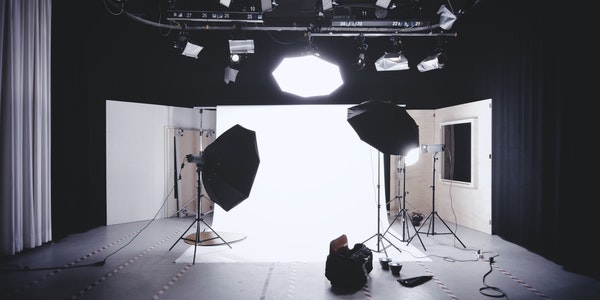Table of Contents
Basic Exposure Control Method
Combined with the metering method of digital cameras, the following three exposure control methods can be considered:
- Average photometry. These bai kinds of metering methods are basically available in all digital cameras, and they are also the most basic metering method. This method helps to ensure that the entire picture gets an appropriate and average exposure. The advantage is that it is simple and suitable for scenes with little contrast in light ratio. If the light and dark distribution of the subject is uneven and the contrast is large, this average photometry is not applicable.
- Exposure to dark shadows. The use of this metering method is suitable for the normal exposure of the tones of the shadow of the subject in the picture, so that the tones and gradations of these parts are appropriate. When the shadow in the picture occupies a very main part, such as a backlit indoor scene or backlit portrait, this method should be used to determine the exposure. The specific method is: use a digital camera to aim at the important shadow part of the subject to meter, but instead of exposing according to the reading directly displayed by the digital camera, manually adjust the aperture or shutter to reduce the exposure by one level before exposure. For the limited latitude of digital cameras, try to control the exposure error within 2 levels.
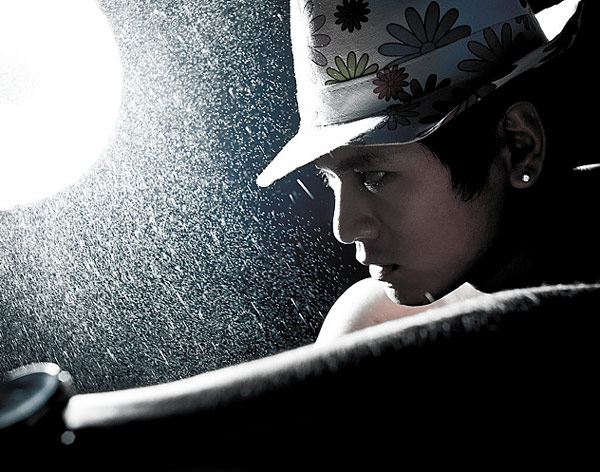
- Exposure for bright shades. This method is the opposite of the above-mentioned dark shadow exposure. It does not focus on the tone of the dark part of the subject, but starts from the need to enhance or weaken the contrast of the scene, so that the bright part of the subject can be reflected normally. For example, when shooting a close-up portrait illuminated by front light or front side light, or shooting a snow scene, and intends to reproduce the bright part of the face or the snow-covered place as a brighter, brighter tone, this method will be used. .
The specific method is: use a digital camera to aim at the bright part of the subject to meter, but not according to the reading directly displayed by the digital camera, but manually adjust the aperture or shutter to increase the exposure by one level before exposure. When shooting snow scenes and other high-key scenes, you should also increase the exposure more than the measured readings. Of course, you can also use the exposure compensation function of the digital camera for further exposure adjustments. For digital cameras, there is an experience, that is, the digital camera has a strong ability to capture the dark parts, but the ability to capture the bright parts is weak.
The result is that the highlights of the photos taken with the digital camera are easily turned into gray and white. . In view of this phenomenon, be careful not to make the highlight part exceed the exposure tolerance range during exposure. Automatic metering system of digital camera. Regardless of the metering mode, such as center-weighted average metering, partial metering or spot metering, when you shoot through the viewfinder, you will see that the exposure readings automatically given by the camera are based on medium grayscale. That means, no matter how bright or dark the scene is, the camera’s automatic light metering system will record the scene on the photosensitive element in medium grayscale.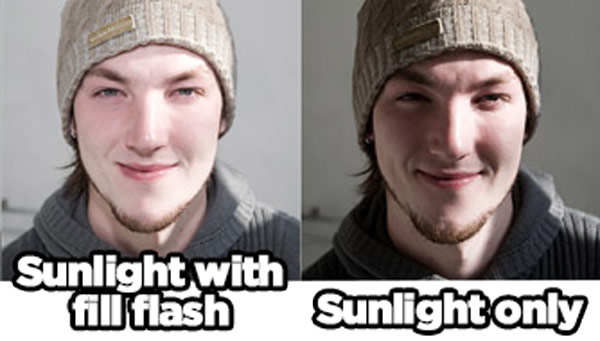
What is the relationship between light and photography
Light is the foundation of photographic art creation, and photography is dependent on light.
From a technical point of view, the reason why various subjects can be transformed from the visible image in the objective environment into the visible image on the photo is achieved by the photochemical reaction of the optical image of the lens and the photosensitive film through exposure. of. Exposure is the key to determining the quality of photography technology.
From an artistic point of view, light is an indispensable important condition for on-site photography and painting, and an important means of shaping the image of the subject. Using light is the key to determining the quality of photographic art.
The use of light in photography depends on exposure technology, that is, on the correct and clever control of exposure.
①The meaning of exposure
The natural world facing the camera in our hands is a world of colorful, rich layers and endless changes in light. The purpose of photography is to use photosensitive film to record all kinds of things that are full of changes in real life. All this depends on making the photosensitive film reach the correct exposure. Undoubtedly, it is impossible to obtain a good artistic effect with an incorrectly exposed negative.
Beginners, the first problem they encounter is probably related to photographic exposure, that is, to obtain an ideal photographic work through correct exposure. In order to solve this problem, it is necessary to deeply study and master the theory and concept of exposure control.
Definition of exposure
Exposure is to allow light to pass through the lens to form imaged light, enter the dark box to reach the photosensitive film, so that the film emulsion produces a latent image in the actinic action.
In the emulsion layer of the photosensitive film, the tiny silver halide crystals that have a photosensitive effect undergo potential photochemical changes under light irradiation, forming images that cannot be observed by the naked eye, so they are called latent images. After the exposed film is processed by developing and fixing processes, the latent image becomes a visible image. At this time, the image is a negative image. After the darkroom printing and magnification process, the negative image becomes the same positive image as the original scene. , This is the final product of photography-an ideal photo. In the entire process of photography, the primary factor that affects the formation of negative image density on the negative is the determination of the exposure combination, followed by the film processing technology. These two factors are the key to determining whether the film density is correct or not.
The meaning of correct exposure should be simply: let the photosensitive film be irradiated with the appropriate amount of light in the appropriate time.
The definition of exposure, if given a scientific explanation, is: the intensity of light multiplied by the time the light acts on. The “intensity of light” in the definition refers to the intensity of light irradiated by the photosensitive film, that is, illuminance (I represents illuminance, and the unit is lux). In the definition, the “time acted on by light” refers to the time that the photosensitive film is irradiated by the love ray, that is, the exposure time (T represents the exposure time, in seconds). The unit of exposure is lux·second. Taking E as the exposure, the exposure formula can be obtained as follows:
E (exposure) = I (illuminance) × T (exposure time)
According to this formula, if a certain amount of exposure is to be obtained, the greater the light intensity, the shorter the exposure time; the lower the light intensity, the longer the exposure time. If the light intensity is doubled, the exposure time needs to be reduced by half. If the light intensity is 2, the time is 4, and the exposure is 8. If the light intensity is 4, the time is 2, and the exposure is still 8.
The concept of “correct exposure”
In order to achieve the correct exposure, the photographer must rely on two important devices of the camera to control the exposure, namely the shutter and the aperture. For photographic exposure, they act like two “shutters” that restrict the passage of light: the shutter is to control the time the light is on the photosensitive film; the aperture is to control the amount of light reaching the photosensitive film. The former is to control the length of the exposure time; the latter is to control the amount of light passing through the lens. If the shutter and the aperture are properly matched, the required exposure can be obtained to achieve the correct exposure.
The so-called “correct exposure” is only relative. There is no absolutely correct exposure. There are three reasons:
First, the latitude of photosensitive materials cannot accommodate this degree of difference in scenery in nature. The brightness contrast of natural scenes can reach up to 1:10000, and the brightness contrast of scenes usually touched by photography is about 1:200. The film latitude of about 1:128 is bound to be unable to accommodate, and the film latitude of about 1:30 is even more powerless, and it has to be left to lose a considerable part of the level. To make up for this, it needs to be solved from the aspects of lighting and exposure control.
Second, from the perspective of artistic expression techniques such as photography light, shooting techniques, and designed picture effects, the concept of “correct exposure” will vary from scene to scene and from person to person. In order to pursue different artistic effects, facing the same scene with the same equipment, if you choose different exposure combinations, you can shoot two works with completely different effects.
Third, the factors of post-processing processing have a non-negligible impact on exposure.
Therefore, when mastering “correct exposure”, both technical and technical factors must be considered, as well as artistic factors. In a word: Do not forget the application value and artistic factors of “correct exposure” in photography practice. ②Equal exposure and selective exposure
The purpose of photographic exposure is to obtain a satisfactory picture, but this has a great relationship with the choice of exposure combination.
Equal exposure
We clearly understand such a simple truth: a larger aperture can allow more light to pass through the lens and reach the film than a smaller aperture. A lower shutter speed is better than a higher shutter speed. The light stays on the film for a long time. This can evolve into the following situation: the combination of aperture f/1.8 and shutter speed of 1/500 second, and the combination of aperture f/4 and shutter speed of 1/100 second, the exposure effect obtained is the same. They are consistent with the exposure effect obtained by combining the medium aperture f/8 and the medium shutter speed of 1/25 second. This is called equal exposure.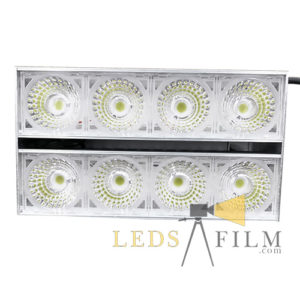
The exposure of the above three sets of exposure combinations are equal, the density reflected on the film is the same, the tone level reflected on the black and white photos is the same, and the tone reproduction and reproduction reflected on the color photos are the same. However, there are two important differences in the picture effects between the three of them: one is that the size of the aperture forms a different depth of field; the other is that the shutter speed constitutes the different clarity of the moving body image.
Choose exposure
From the principle of equal exposure, we know that equal exposure with different exposure combinations can achieve the same exposure effect with the same film density. However, in photography practice, the best set of exposure combinations should be selected among several exposure combinations that can produce the same density according to the different subject matter and subject to be photographed to express the subject. This is the concept of selective exposure.
Beginner photographers obtain “satisfactory photos” under certain conditions due to the use of a certain exposure combination (assuming f/8, 1/100 second). This “unexpected harvest” has prompted some enthusiasts to offer it It is a “universal exposure combination”, which is often used in future photographs and will continue to be used regardless of occasion, without serious consideration of choosing different exposure combinations according to different shooting conditions and different subjects to create Good picture effect.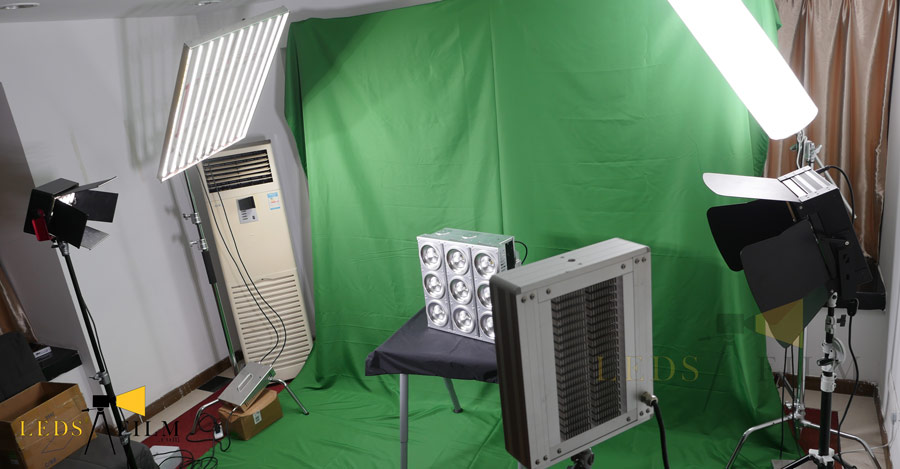
Those experienced photographers know from photography theory and practical experience that f/8 and 1/100 second are just a group of several alternative exposure combinations, and there are many combinations that can be used. . Although each set of shutter and aperture can produce the same amount of exposure, the depth of field in the picture and the clarity of the moving body are quite different.
The specific exposure combination must be carefully considered. Is it to use a smaller aperture to obtain a deeper and far clearer range of scenes? Or use a higher shutter speed to capture the “solidified image” of the subject? Or use a very short depth of field to blur the background to highlight the subject? Or use a slower shutter speed to enhance the dynamics of the moving body? and many more. All of this requires photographers to use their brains to think and make choices. This is by no means what those “automatic cameras” can solve, because “automatic cameras” have no thinking ability. Photographers with the ability to think in images can operate the camera handily to complete their own ideas. This may be the difference between the “automatic exposure” of the camera and the active “selected exposure” of the person.
